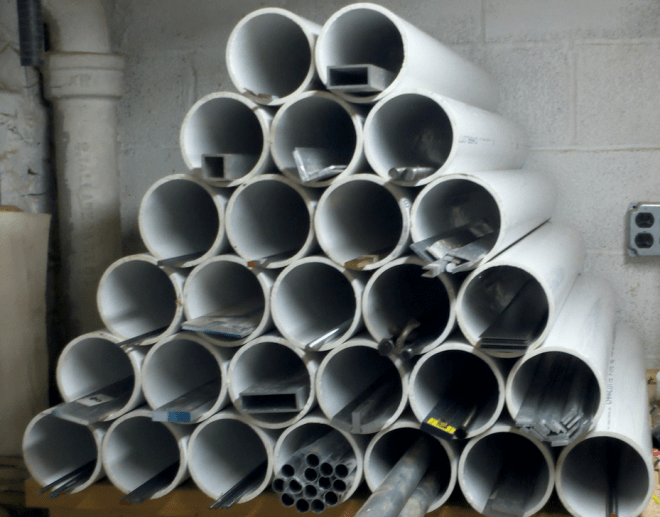Just a good picture of Eli (with Ezra and Anna in the background) holding a 300′ measuring tape.
We needed to make a right angle, so I explained to them that a triangle with the sides
3, 4, 5

will be a 100% right triangle. So we measured 15′, 20′, and 25′ around three stakes, and that is how we got our right angle :)
For anyone who has been out of high-school long enough to forget, the equation is:
A*A + B*B = C*C
That is…
3*3 + 4*4 = 5*5
9 + 16 = 25
25=25
True
See more about Pythagoras and his Pythagorean Theorem at Wikipedia…



















